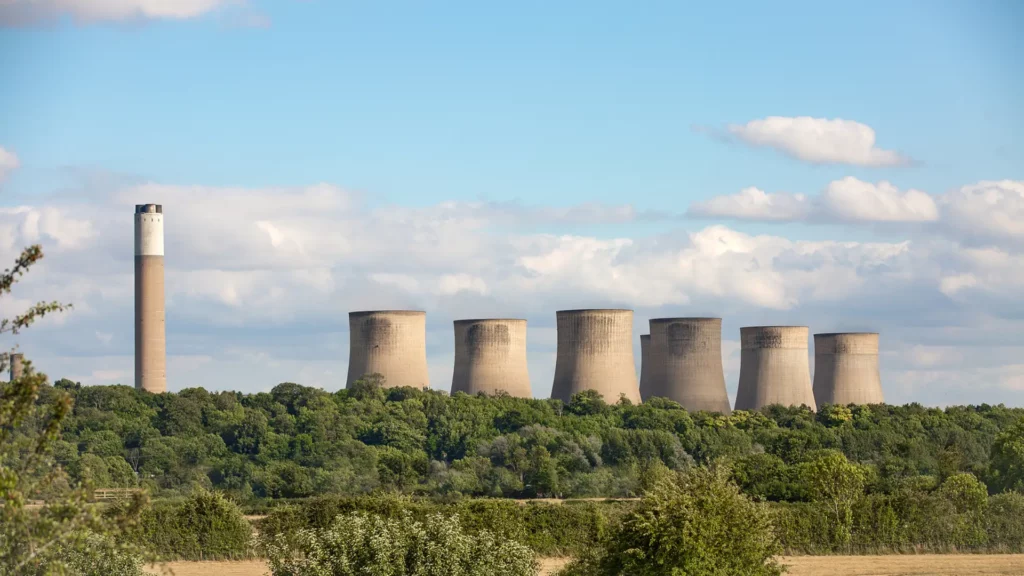The urgent need for sustainable and eco-friendly solutions to combat climate change has led to the emergence of innovative technologies, among which Carbon Capture and Storage (CCS) stands out.
As this technology gains traction, investors are increasingly looking towards Carbon Capture and Storage ETFs as a viable investment vehicle.
This guide aims to delve deep into the world of Carbon Capture and Storage ETFs, providing insights, analyses, and critical information for anyone looking to invest in the future of our planet.
Understanding Carbon Capture and Storage
Before we dive into the specifics of Carbon Capture and Storage ETFs, let's first understand what CCS is.
Carbon Capture and Storage refers to a technology aimed at capturing carbon dioxide emissions from sources like power plants and industrial facilities and storing it underground in geological formations to prevent it from entering the atmosphere.
This technology is crucial in the fight against climate change, offering a pathway to significantly reduce greenhouse gas emissions.
The Role of Carbon Capture Storage ETFs
Carbon Capture Storage ETFs serve as a financial instrument that allows investors to gain exposure to the CCS industry.
These ETFs invest in a basket of stocks from companies involved in the development, implementation, and advancement of carbon capture and storage technologies.
By investing in a Carbon Capture Storage ETF, investors can support the growth of this vital technology while potentially earning returns on their investment.

Why Invest in Carbon Capture and Storage ETFs?
Investing in Carbon Capture and Storage ETFs is not just an investment in a financial product; it's an investment in the future of the planet. Here are some compelling reasons to consider:
- Growth Potential: As global efforts to reduce carbon emissions intensify, the demand for CCS technologies is set to increase significantly.
- Diversification: These ETFs offer exposure to a broad range of companies within the CCS sector, mitigating the risk associated with single-stock investments.
- Sustainable Investing: They provide a tangible way for investors to align their portfolios with their environmental values, contributing to a greener future.
- Financial Incentives: Investments can benefit from government tax incentives, grants, and subsidies aimed at reducing carbon footprints.
- Innovation Drive: The CCS sector is a hub for technological innovation, offering investors a stake in companies leading the charge against climate change.
- Market Demand: There's a growing demand for carbon offset credits and sustainable practices, positioning CCS ETFs to benefit from these market trends.
- Risk Management: Investing in CCS can serve as a hedge against the financial risks posed by climate change and stricter emissions regulations.
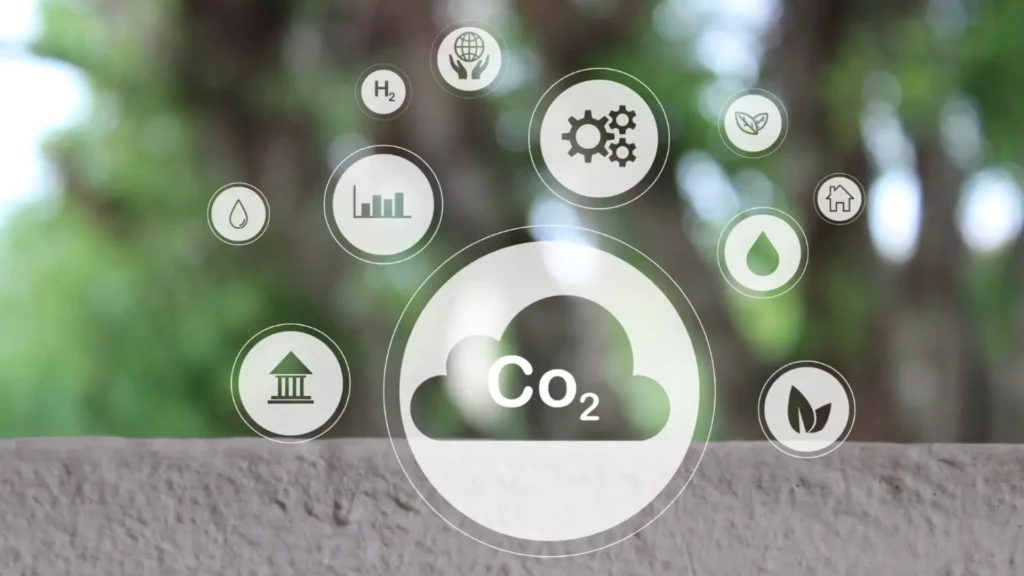
How to Invest in Carbon Capture and Storage ETFs
Investing in Carbon Capture and Storage ETFs is relatively straightforward, following the same process as investing in any other ETF. Here's a step-by-step guide:
- Research: Start by researching the various Carbon Capture and Storage ETFs available on the market. Look into their holdings, performance history, fees, and investment strategy.
- Brokerage Account: If you don't already have one, open a brokerage account. Choose a broker that aligns with your investment goals and offers access to the ETFs you're interested in.
- Purchase: Once you've selected a Carbon Capture and Storage ETF, decide how much you want to invest and place your order through your brokerage account.
- Monitor: Keep an eye on your investment, staying updated with developments in the CCS sector and the performance of your ETF.
Global Policies and Their Impact on CCS Investments
Government policies and regulations play a crucial role in the development and adoption of carbon capture and storage technologies.
Policies such as carbon pricing, subsidies for low-carbon technologies, and stringent emissions targets can create favorable conditions for companies in the CCS sector.
Investors should be aware of the political landscape and regulatory environment in key markets, as these factors can influence the growth potential of Carbon Capture and Storage ETFs and the broader industry.
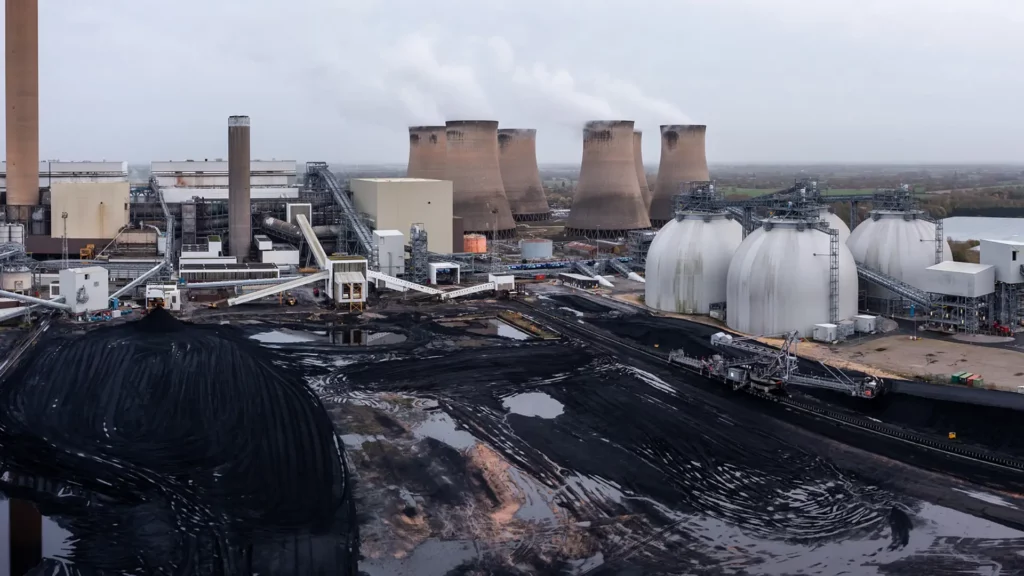
Key Considerations When Choosing a Carbon Capture and Storage ETF
- Holdings: Examine the specific companies included in the ETF. Are they leaders in the CCS field?
- Performance: Look at the historical performance, but remember that past performance is not indicative of future results.
- Fees: Compare the management fees, as these can eat into your returns over time.
- Investment Strategy: Understand the ETF's investment strategy to ensure it aligns with your investment goals and risk tolerance.
- Liquidity: Assess the trading volume and liquidity of the ETF. Higher liquidity generally means tighter spreads between the bid and ask prices, facilitating easier entry and exit positions.
- Geographical Exposure: Consider the geographic distribution of the ETF’s holdings. Some regions may offer more growth potential or regulatory support for CCS technologies than others.
- Industry Diversification: While the focus is on CCS, see how the ETF diversifies within the sector. A mix of companies across different stages of the CCS process can provide balanced exposure.
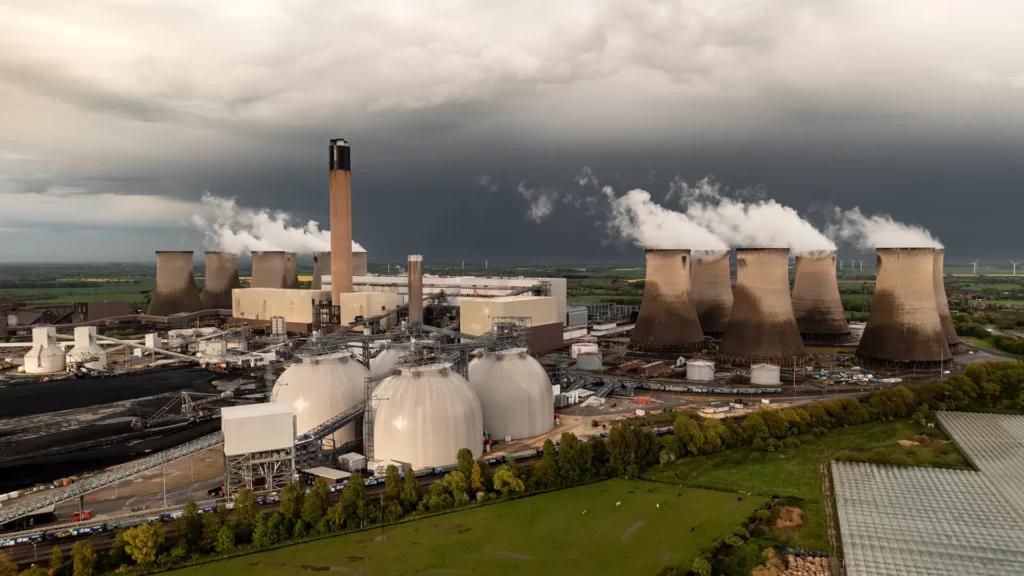
The Future of Carbon Capture and Storage ETFs
The future for Carbon Capture and Storage ETFs shines brightly, powered by global actions against climate change and the advancements in CCS technologies.
As this sector grows, so does the potential for these ETFs, though investors must keep an eye on evolving market trends and regulatory changes to navigate this promising yet unpredictable landscape effectively.
- Global Initiatives Fueling Growth
The global push towards reducing carbon emissions is significantly propelling the CCS industry forward, making Carbon Capture and Storage ETFs attractive for their growth potential and their role in supporting sustainable energy solutions.
- Technological Evolution and Market Expansion
Rapid advancements in CCS technology are lowering costs and expanding its application, attracting a diverse range of companies to the sector.
This expansion not only fuels the growth of Carbon Capture and Storage ETFs but also diversifies investment opportunities within the field.
- The Crucial Role of Investors
By investing in Carbon Capture and Storage ETFs, individuals support crucial advancements in CCS technology while seeking financial returns, highlighting the unique position of these ETFs at the intersection of environmental sustainability and investment growth.
- Navigating Uncertainties and Opportunities
Investors face uncertainties from market, regulatory, and technological shifts. Staying informed and flexible, focusing on diversified ETFs aligned with growth areas, can help navigate these challenges and capitalize on the opportunities within the CCS sector.
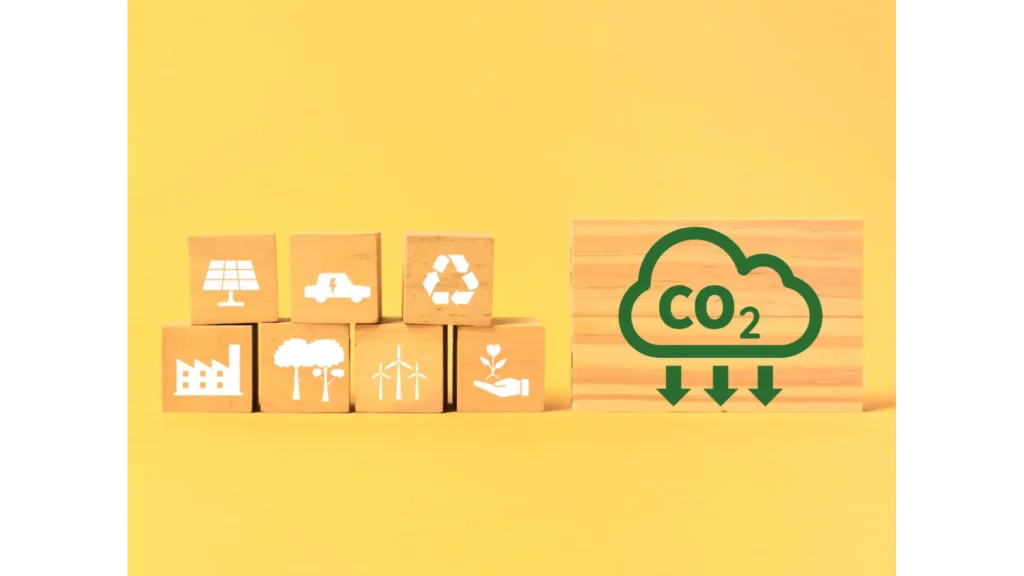
Frequently Asked Questions (FAQs) About Carbon Capture and Storage ETFs
What is an ETF?
An Exchange-Traded Fund (ETF) is a type of investment fund and exchange-traded product, i.e., they are traded on stock exchanges. ETFs hold assets such as stocks, commodities, or bonds and generally operate with an arbitrage mechanism designed to keep the trading close to its net asset value, though deviations can occasionally occur.
How do Carbon Capture and Storage ETFs contribute to fighting climate change?
Carbon Capture and Storage ETFs invest in companies that are directly involved in the development and implementation of technologies to capture carbon dioxide emissions from the atmosphere and store them underground. By funding these technologies, ETFs help scale up the solutions necessary to reduce global greenhouse gas emissions, thereby contributing to the fight against climate change.
Are Carbon Capture and Storage ETFs risky investments?
Like all investments, Carbon Capture and Storage ETFs carry their own set of risks. The sector's future growth depends on technological advancements, regulatory support, and market demand for carbon capture solutions. Investors should consider their risk tolerance and perform due diligence or consult a financial advisor before investing in these ETFs.
Can investing in Carbon Capture and Storage ETFs be considered ethical investing?
Yes, investing in Carbon Capture and Storage ETFs can be considered a form of ethical or sustainable investing since it involves putting money into companies that are actively working on solutions to mitigate climate change. This type of investment aligns with the goals of investors looking to make a positive environmental impact alongside financial returns.
How can I track the performance of my Carbon Capture and Storage ETF investment?
The performance of Carbon Capture and Storage ETFs can be tracked through financial news websites, the ETF provider's website, or your brokerage account's investment platform. Most platforms provide real-time data, historical performance charts, and other analytical tools to help investors monitor their investments.
What factors should I consider before investing in a Carbon Capture and Storage ETF?
Before investing, consider the ETF's expense ratio (fees), the performance history, the diversity and stability of its holdings, and how the investment fits into your overall portfolio and investment strategy. Also, consider the ETF's focus within the CCS sector, as some may concentrate on technology providers, while others may invest in a broader range of companies, including those involved in the utilization of captured carbon.
How does Carbon Capture and Storage technology work?
Carbon Capture and Storage technology involves three main steps: capturing the carbon dioxide produced by industrial processes or power generation, transporting it usually via pipelines, and then storing it underground in geological formations where it won't enter the atmosphere. This process significantly reduces the amount of CO2 released into the atmosphere, mitigating the greenhouse effect and global warming.
Are there different types of Carbon Capture and Storage ETFs?
While all Carbon Capture and Storage ETFs focus on the CCS sector, they can differ in their investment strategies. Some might invest globally, while others focus on specific regions or countries. Additionally, some ETFs might concentrate on certain types of companies within the CCS chain, from technology developers to storage facility operators.
How do I choose the right Carbon Capture and Storage ETF for me?
Choosing the right Carbon Capture and Storage ETF involves researching and comparing different ETFs based on their holdings, performance history, fees, and investment strategies. Consider your investment goals, risk tolerance, and how the ETF fits within your broader investment portfolio. Consulting with a financial advisor can also provide personalized advice tailored to your financial situation.
How frequently should I review my Carbon Capture and Storage ETF investment?
Regularly reviewing your investment is crucial to ensure it aligns with your financial goals and market conditions. A quarterly or semi-annual review is recommended, but staying informed about significant developments in the CCS sector and the broader environmental policy landscape can help you make more timely adjustments to your investment strategy.
Carbon Capture and Storage ETF Conclusion
Carbon Capture and Storage ETFs represent a unique opportunity for investors to contribute to the fight against climate change while potentially earning returns.
By investing in these ETFs, you're not only diversifying your portfolio but also supporting a technology critical to achieving global emission reduction targets.
As the world continues to seek sustainable solutions to environmental challenges, Carbon Capture and Storage ETFs stand out as a forward-thinking choice for eco-conscious investors.
Source
https://www.ncbi.nlm.nih.gov/pmc/articles/PMC2072827/
https://www.energy.gov/fecm/articles/fossil-energy-research-efforts-carbon-capture-and-storage

